To remember the great writer Raffaele La Capria, who died last June 26 in Rome at the age of 99, we publish this interview with La Capria, given in 2008 to Bruno Zanardi, about the long friendship that had united La Capria and Giovanni Urbani. An important portrait emerges of two great men and intellectuals, modern and visionary, against the backdrop of the events that affected Italy’s cultural heritage between the 1950s and the 1970s.
I meet Raffaele La Capria in his labyrinthine apartment in Palazzo Doria, from whose windows Rome appears even sweeter and lazier on this tepid october day. We begin to remember Giovanni Urbani with affection and melancholy. Soon, however, the conversation takes the form of a confrontation of opinions. A close but gentle confrontation, along the lines of the affectionate intellectual challenges in which Raffaele often engaged with Urbani. “Do you remember Giovanni how we had fun together?” was the phrase he repeatedly uttered in the poignant oration he gave at Urbani’s funeral, at the church of San Giacomo degli Incurabili, on the morning of June 10, 1994. And it was Raphael who accompanied his body to the cremation and “to see, coming out into the open (...), a thick, oily smoke rising from the tall chimney and dispersing into the clear blue sky. ’That smoke is John leaving,’ I thought.” So he recounted in his L’estro quotidiano, a novel largely written “to remember Giovanni.”
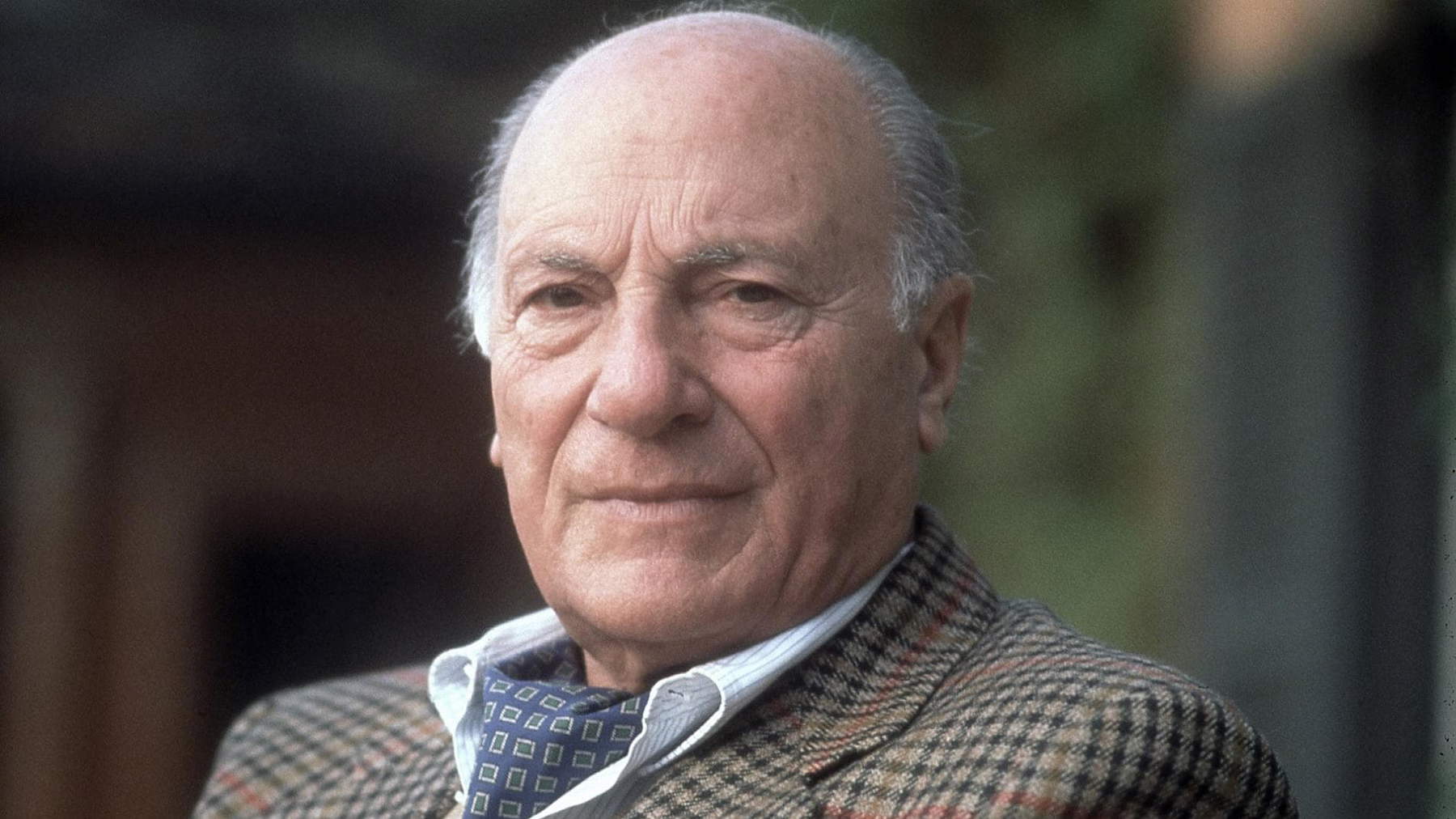
BZ. When did you first meet Urbani?
RLC. In Rome, in the spring of 1957. Alone Italians, we had been invited to one of Harvard’s International Seminars on politics, economics and art. He wanted to meet me because those seminars last a few months, so we should have been together quite a long time. We made an appointment at Rai, where I was working at the time. I went to wait for him on the landing of the staircase that led to my office. He came skipping over the last few steps that separated us, holding out his hand to me together as a sign of friendship. With those two gestures of such immediate ease and energy, a kind of my aesthetic model of a man appeared before me. A tall, thin, slouching young man with a sympathetic and discreetly happy face, very elegant in a light gabardine suit evidently cut by a great tailor: as a good Neapolitan then I looked a lot at suits and tailors. And immediately that stranger seemed to me one with whom it was natural to make friends. Like Conrad’s Lord Jim, “one of our own.”
Without then being able to imagine how Jim’s “keen perception of the Intolerable” was the same as Urbani’s. And without yet knowing that Lord Jim was one of his livres de chevet: the one he takes with him when he leaves to die in a Roman nursing home because of a disgraced surgeon. The copy in the historic Bompiani edition with the sky-blue cover of Conrad’s works, which you yourself kept in his memory, and which he had left open on the bedside table with underlined a very brief portrait of Jim in which he evidently recognized himself: “One of those men of brilliant qualities, not so stupid as to brood over success and who often end their careers in disgrace.” But who was it who chose you to attend the Harvard seminar?
This I do not know. It was the Americans who decided on the basis of their own considerations, the main one of which I think had been Giovanni’s and mine belonging to the pro-Western side of Italian intellectuality. The very definite liberal society that gravitated around Mario Panunzio’s “Il Mondo” or Vittorio Calef’s “Il Punto,” two journals on which Giovanni wrote a great deal between the second half of the 1950s and the beginning of the following decade, much more on the latter than on the former. The intellectual society over which still hovered the shadow of Benedetto Croce and the civil commitment of Gaetano Salvemini, composed of figures such as Ennio Flaiano, Alberto Moravia, Elsa Morante, Giorgio Bassani, Sandro De Feo, Vincenzo Talarico, Mino Maccari, Giovanni Russo, Paolo Milano and many others. Instead, I know who proposed us to participate in that seminar. Giovanni was indicated by Cesare Brandi, I by Ernesto Rossi, pillar of “Il Mondo” and author of famous books-investigations such as Settimo non rubare or I padroni del vapore, which were already denouncing that disconnect between politics and civil society that is today under everyone’s eyes.
Brandi signals Urbani for Harvard. These were not yet the days when that never openly confessed distrust of each other’s theoretical positions arose between them. To say only of restoration, Brandi, who centers his thinking on the aesthetic restitution of individual works. Urbani, who historicizes Brandi’s position in order to open up to the essential question of what fate is to be given to the art of the past and its relationship with the environment, which in Italy is inseparable.
The only rift between Giovanni and Brandi that I know of was not because of a difference in intellectual positions, but because of a small rift of a mundane nature soon overcome by its irrelevance. Indeed, the affection and esteem that bound them lasted for both their lives. It is true, however, that Brandi, easy-going and charming in conversation and travel books, became, at least from my point of view, abstract and theoretical in his texts on art criticism; in a rigorous, but sometimes not easy to follow way.
A judgment, yours, not isolated if Giorgio Manganelli -- Urbani himself told me, smilingly -- had transformed two Brandian philosophical neologisms, “l’attante” and “l’astanza,” into: “the l’attante crying in the abstance.” In the late spring of 1957 you left for America.
We went by ship, the Independence, because that was the trip Harvard paid for us. In the seven days it took us to get there, the friendship that later made John and me inseparable was cemented. It was a beautiful trip. A lot of fun. We had met two American girls whom we courted with jokes, crossovers, laughter. It was the fullness of existence of a late youth, but also a forgetting of the difficult personal situations we had both left behind in Italy.
The twilight of the “beautiful day” of your Wounded to Death?
Perhaps the hope that another “beautiful day” could begin in America. The land of freedom. The then distant land of the mixture of glamour, jazz, gangsters and everything else we had imagined existed there from their films and novels. The ones that fascism had prevented us from reading, the writers promoted by Ford Madox Ford, Hemingway for example, and the others they had had a taste of in Vittorini’sAmericana: Scott Fitzgerald, Saroyan, Steinbeck or John Fante, up to the younger ones, such as Truman Capote, who had come to Rome between 1952 and 1953 to make films and had lived for a few months near me in Via Margutta. The same via Margutta as Giovanni’s last house.
Films and novels Urbani still talked to me about forty years after seeing and reading them. The Gangsters, which expanded and invented an ending to Hemingway’s very short and mysterious and beautiful short story, The Killers. Or The Big Sleep, the film translation of Chandler’s novel starring Humphrey Bogart and Lauren Bacall, which he saw in Capri, so he told me, one summer evening in an outdoor cinema for convalescent American soldiers. But what did you do once you finished the Harvard International Seminar, in which you were in direct contact with the most diverse characters. From Henry Kissinger, who directed it and whom, as you wrote, Urbani “had charmed with his ways” to Lee Strasberg, Allen Tate and even Joseph McCarthy?
We stopped in New York. A friend of my friend Bill Weaver’s had let us have his apartment. It was the height of a particularly scorching summer. It was unbearably hot. With John we wandered the streets sunken between the skyscrapers that gleamed with their facades of mirrored glass. We discovered day by day the museums, the architecture, the parks of a marvelous city, then dominated, in the intellectual part, by the frenzy and energy of the search for new horizons for the figurative arts:Action Painting, but it was already the time of that New Dada close to Pop Art.
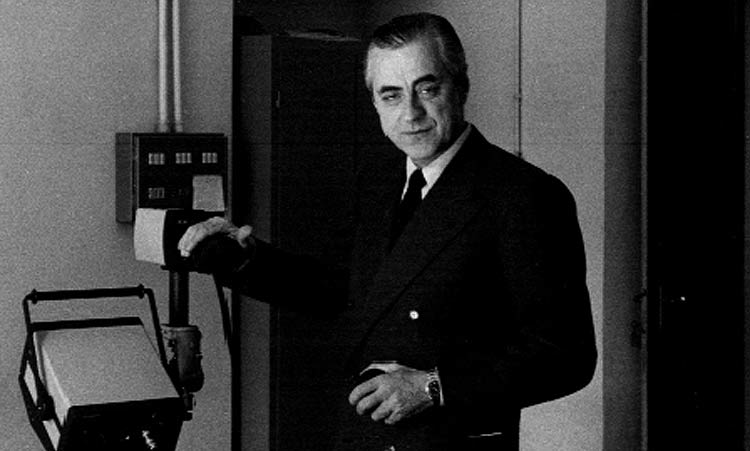
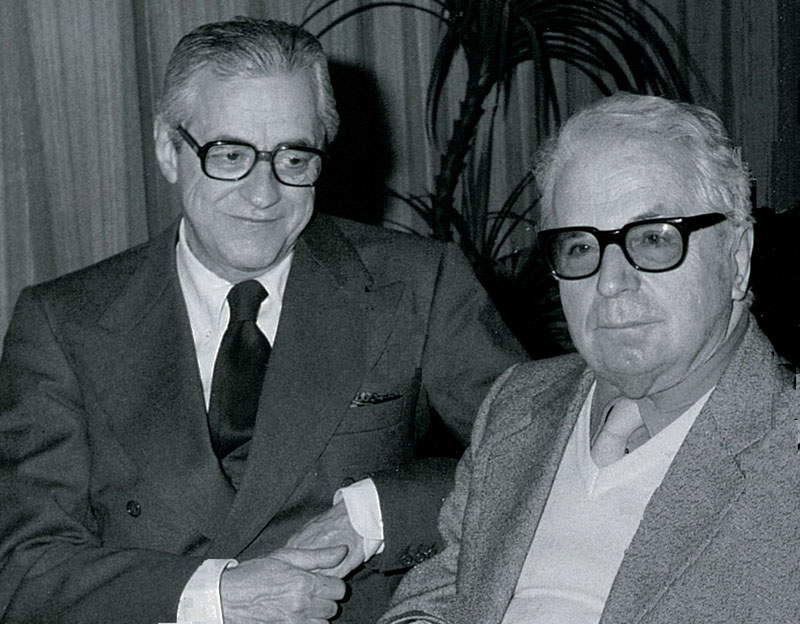
Back in Italy, in 1961, they gave you the Strega for Ferito a morte and, as you recounted in L’estro quotidiano, when the vote of victory comes to you “it was Giovanni who lifted me up as one does with champions.” Three years earlier, in 1958, Urbani was instead the fine arts director of the fledgling Spoleto Festival, where he organized a pioneering exhibition-First Selection of Young Italian and American Artists-yet confirmed the misgivings about contemporary art he expressed in “Il Punto.” Not willing to submit supinely to a new at all costs that increasingly tended to ideologize itself as an aesthetic value, he excluded from the exhibition a work by Rauschenberg, Bed, judging it not a work of art, but what it is: the useless stunt of placing a bed vertically, moreover splashing color on it, by feel, in the fashion of Pollock’s dripping. Nor, it must be said, did the decision arouse scandal. Only years later did the critics, that is, the market, make that useless vertical bed a masterpiece of contemporary art, now displayed with great honor at MoMA. And this affair, too, illuminates Urbani’s misunderstood - then and now - questioning of whether the same truth value connected the art of the past and the art of today. A reflection he conducted mainly from the thought of Heidegger, on whose essays he began to meditate as early as the 1950s. In French translations, since he did not know German and, at that time, there was only Being and Time and little more in Italian.
I, however, never read Heidegger. John’s problem was his invincible attraction to abstract ideas, theories, high thinking. Hegel was also a pet peeve of his. He often quoted passages of it fromAesthetics from memory to try to silence me in our amusing quarrels about art and literature. The fact was that John had a disproportionate respect for intelligence. And that stuck with him. It became a kind of intellectual prison for him. It made him write brilliant, sophisticated, brilliant things, but less than he was. I’m sure John had another John inside him who thought with the same common sense as I did, but he thought it was inferior to the studies he was going to do. And in my opinion he was wrong there, because his insecurity with respect to the intellectual models he had chosen for himself prevented him from writing as well as he could have. That, however, is my point of view. Maybe for you things are not like that.
Instead, I think you are right. But it remains a fact that his 1960 lecture, significantly titled The Part of Chance in the Art of Today, is one of the most profound, persuasive, and refined meditations to date on the problem of contemporary art. “A little masterpiece,” as Giorgio Agamben called it.
I remember. He gave the lecture at the National Gallery of Modern Art, in Rome. What should I tell you. About there being randomness in contemporary art, John may well have hit the nail on the head. But his is still a gamble. And it is interesting that on this gamble he then built a theory. I too, after all, in my The Fly in the Bottle, say risky things about today’s art. I do not, however, give them as an absolute judgment. It is my relationship with contemporary art, a personal thing.
It may be a personal fact, but in that little rationalist pamphlet of yours you argued an argument on which Urbani also much insisted, namely that today’s art is not art, but “critical reflection on art,” that is, art criticism. Speaking of Piero Manzoni’s mocking Merda d’artista, you write, “these rips from common sense all have more to do with fragile and perishing concepts than with works, and when concepts die, works remain.” So, I conclude, you are left with a can of shit.
Contemporary art is an imitation of art. It is based on concepts that sustain themselves as long as they are alive: as if there is a faith that arises at that moment around a work. More or less quickly, however, those concepts perish and eventually all those works go back to being objects that trivially represent only themselves. These I think were also the considerations behind Giovanni’s decision not to exhibit Rauschenberg’s bed in Spoleto.
How were Urbani’s always counterintuitive interventions on contemporary art received? For example, he alone criticized the exhibition of contemporary sculptures inside a city that his friend Giovanni Carandente had organized in Spoleto for the 1962 Festival. The first of its kind, it was immediately surrounded by unanimous approval. Urbani, on the other hand, saw it as harbinger of the danger that, in the name of an ideological as much as ephemeral “new,” historical and environmental values formed over millennia were being erased from cities. Harbinger of the danger that this would happen without first conducting a well-considered reflection on the meaning of the presence of the past in our world. And so he foresaw almost half a century ago what is happening today, not only by us, but throughout the world: the “domino effect” of an increasingly banal and ugly new that drives out the tràdite forms of the old.
Of Spoleto I do not remember anything in particular, although what you say seems to me unfortunately very true. While for John’s articles on contemporary art you have to take into account that those were years when you were not fashionable if you were not talking about the “death of art.” The permanent avant-garde years where everyone was founding “groups,” regardless of their inclination or aversion to new art movements. In that air, John’s essays and articles made the impression of being in tune with those ideas. But of talking about them in a more sophisticated way. A sophistication meant for the few. I believe, however, that in John’s doubts about the meaning of today’s art, as he put it, “art that anyone can make,” there was something mystical. Those who believe in God, have not found him. Those who feel its absence, believe in it. This, in my opinion, was the concept at the bottom of John’s thinking about art.
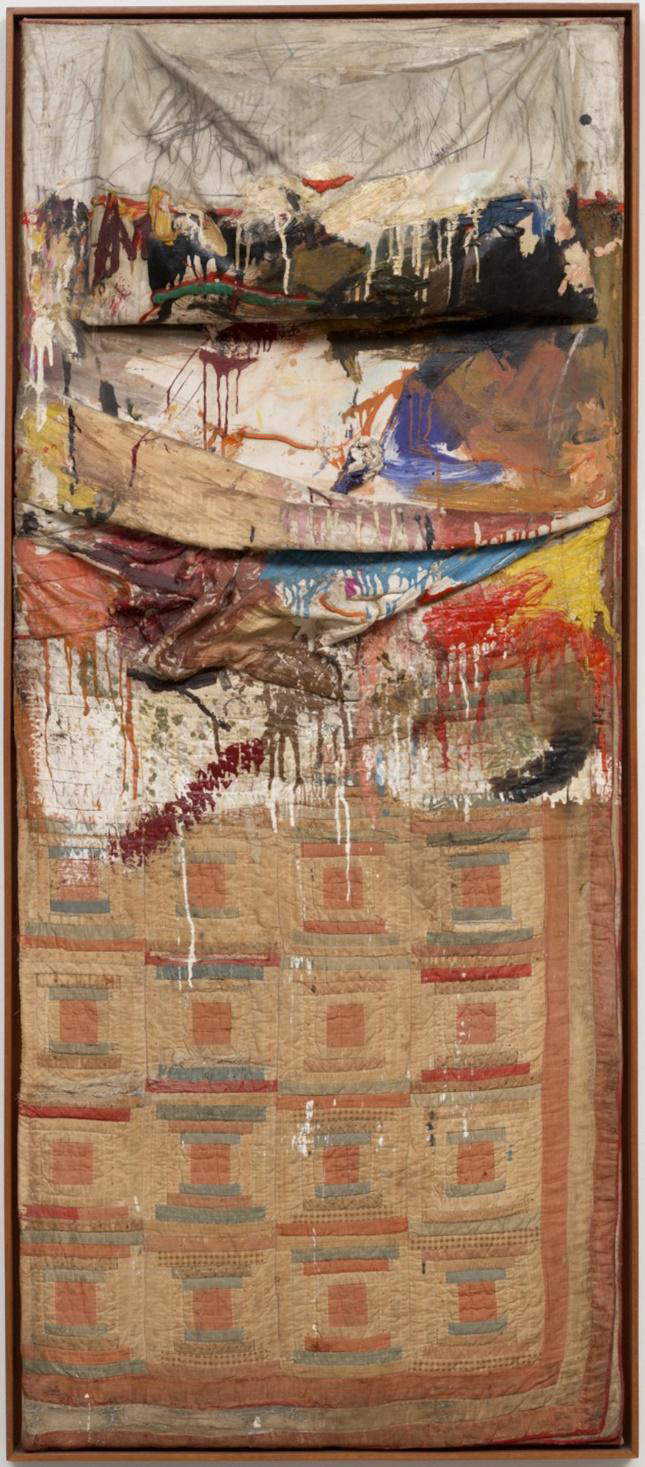
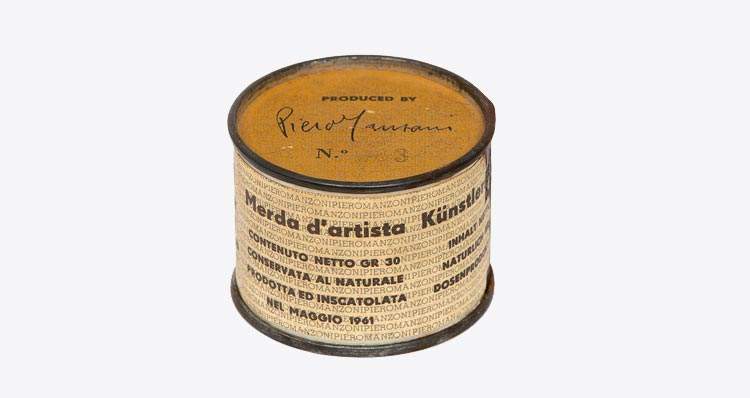
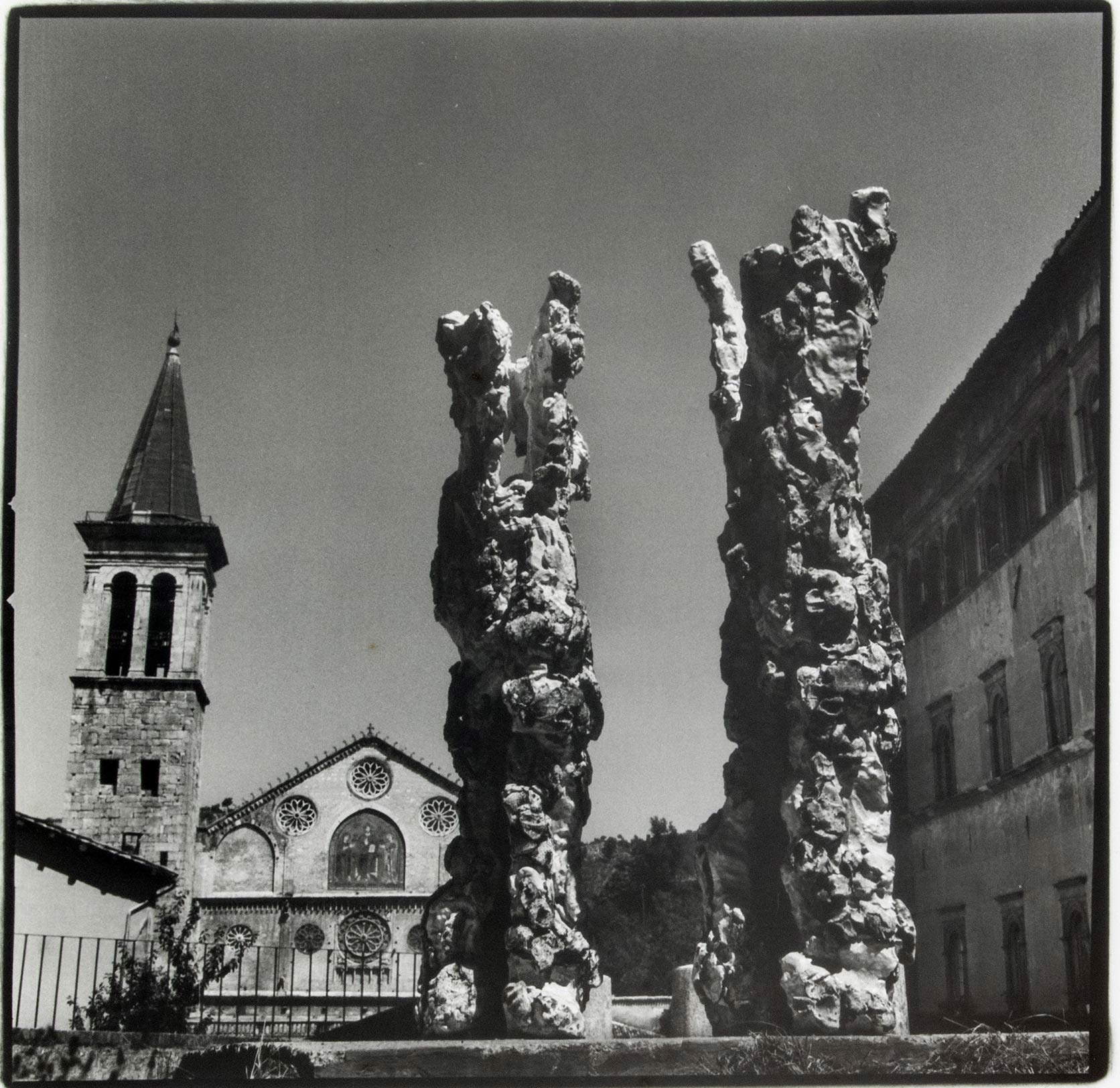
Never, however, did Urbani speak of the death of art, which for him was, with Heidegger, “the enactment of truth.” Instead, he had wondered, again with Heidegger, whether that particular kind of “lived experience” in the aesthetic sense that is contemporary art is not “the element in which art is dying.” As evidenced by its increasingly hysterical insistence -- accomplices market and critics -- on becoming a critic of itself, bolting into repetitive and excessive “provocations.” Useless art. Pure decoration.
Of course, the truth of contemporary art is not the eternal truth of the Riace Bronzes or the Sistine Chapel. It is a perishable truth. The truth of that moment. But the thrust is that, otherwise there would be no art. And we are back to John’s invincible attraction to abstract thought. What made his texts always very complex. But I say his writing was also involuted. And it was involuted because sometimes he would get tangled up in periods and thoughts like a cat does inside a ball of wool. When he was writing he had this defect, in my opinion. However, of which she did not want to hear the reason, blaming others for the difficulties in following her thinking. He was like that with me, too. When we talked about philosophy, he did so with smiling superiority. He thought of me that I could be placed in the sector of those interesting from the point of view of genuineness, as interesting as someone who tells you that “the king is naked” can be. It was a challenge between us, an affectionate and smiling challenge in which he played Don Quixote, I played Sancho Panza.
Perhaps more than involuntary, Urbani’s texts were demanding. They demanded of those who read them a strong assumption of responsibility toward their civic duties, toward the duty to prepare very seriously about the problems that fate requires us to face. We have, however, fixed our attention too much on Urbani the art critic of today, that is, on what was only one stage of his journey toward the preservation of the art of the past. A path that, simplifying, can be divided into three steps.
It is absolutely true that John was a very demanding man. That he did everything with great seriousness and rigor. And that he demanded the same rigor from others, or at least expected it. But I interrupted you. You were telling me about the three steps in John’s intellectual journey toward preserving the art of the past. What do you think they were?
The first one goes from his joining Icr in 1945 to about the time of your trip to America. In that decade or so he takes note of the substantial lability--critical and conservative--of restoration interventions, starting with those conducted by Icr, then at the highest level then possible. So much so that in a 1967 essay that I consider another of his “short masterpieces,” Restoration and the History of Art, he asks, “So then, could we still claim that we are not restoring as we have always restored: that is, altering or tampering?” The second passage runs roughly from the mid-1950s to that of the following decade and coincides with his thoughtful reflection on the meaning of today’s art in relation to that of the past. Concluding that the former has no truthful continuity with the latter. Hence the preservation of the art of the past as the destiny of man today. The third and final step arises with the Florence flood of 1966. In the aftermath of that major disaster, he devised a grand organizational design for the conservation of historical, artistic and cultural heritage in relation to the environment. On the one hand, the invention of an unprecedented technique - obviously technique in the Heideggerian sense - to which he gives the name “programmed conservation.” On the other, the foundation of a “cultural ecology” that recognizes the artistic heritage as “an anthropic environmental component equally necessary, for the well-being of the species, as the ecological balance between the natural environmental components.”
John was truly a singular man. Refined and complicated in his theorizing, infinitely pragmatic and punctual in solving technical and organizational problems. After all, “it was the contradictions, at times untenable and often incompatible, but always irresistible, that were the true originality of John, who never closed himself into a well-defined figure out of a kind of existential impatience,” as I wrote in The Daily Estro.
I would not say that there was a contradiction between those two faces of Urbani. Trait d’union was the conviction that elaborations of thought always had to be followed by concrete indications of application, essential to allow, as he wrote, “the material integration of the past into the becoming of man.” True, on the other hand, Urbani’s figure in many ways resembles that of Jünger’s “Anarch,” the man “who fights his own wars even as he marches through the ranks of an army.” Only his war was too superior to the forces of the army he was dealing with. The superintendents, who still understand protection as a nineteenth-century exercise of power to be conducted by virtue of bureaucratic competence, thus an affair of prohibitions and permits, and never by virtue of purpose, thus rational and coherent actions.
It was truly a crime to have let John’s work for the preservation of our artistic heritage fall into oblivion. The one for which he had so earnestly prepared. To have left him to his own devices, to the point of making him decide to leave by slamming the door. His early resignation as Icr director in 1983. John firmly believed in the state he served with absolute zeal. But the State reciprocated by betraying him. The Fatherland for him was the set of works of art that our ancestors left us. He therefore felt the obligation and honor of their defense. Thus he conceived his presence at the Institute of Restoration. But the institutions in charge of governing this homeland of ours never recognized the importance and usefulness of his work. His dedication. John’s story is one of intellectual and moral diversity. What colleagues perceived as a danger.
However, I think there were also some very concrete reasons of economic interest. Urbani’s idea of making the protection of the artistic heritage one with the protection of the environment inevitably collided with the free territorial aggression that has been taking place in our country especially since after World War II. This I believe was the decisive cause of the opposition to Urbani of the policy, in fact, always in favor of building speculation, regardless of the parties.
I scripted Francesco Rosi’s The Hands on the City in 1963, so I am familiar with the logic of our country’s urban disaster. The fact is that, back then, it seemed possible that through our efforts things could change. We were indeed “the laughing stock of History” as I wrote, albeit in another context. And John was, too, thinking that there were those in our country who were really interested in the custody and care of the artistic heritage and landscape.
In fact, palindromic to the defense of speculative interests was the cultural backwardness of the sector. That which in 1976 originated bitter controversy against the “Pilot Plan for the Programmed Conservation of Cultural Heritage in Umbria,” the organizational project for the protection of the artistic heritage in relation to the environment in which Urbani had most believed. A plan that he had drafted asking for help from the scientific and technological research of industry, that of Eni. A modernization of the sector against which all his fellow superintendents and many university professors rose up as one man. By involving the expertise of an industrial structure, precisely Eni, with ample technical and entrepreneurial capacity and real means to operate, Urbani brought a serious threat to bureaucratic statist immobilism, always a winner in Italy. In fact superintendents and professors won. And the sector remained perfectly still.
It was a stupid and violent aggression from which John suffered greatly. It must be said, however, that in those years there were still well alive figures of great art historians certainly capable of understanding and appreciating what he was doing. Brandi was certainly capable of understanding Giovanni’s project. And the same was true of Argan or Zeri. All of them could understand the value and usefulness of Giovanni’s work in preserving the art of the past. Why did they not defend it?
Precisely because they were unable to understand those projects. Perhaps only Brandi really knew Urbani’s work. While Argan declared himself against the Umbrian “Plan” almost certainly without having looked at it, but understanding, as a man of power that he was first of all, that from its application the guild of art historians (his own) would come out strongly diminished. Moreover, between Argan and Urbani there existed a distant and invincible antipathy, first of all of character, but also probably originating from the different positions they took on contemporary art between the 1950s and 1960s. Argan, communist, bleakly ideological and pro-mercantile. Urbani, liberal, independent and sure that a randomly traced fret on a canvas, a papier-mâché elephant with a sheet over its head or a burned sheet of plastic could have no real and enduring value: primarily truthful, but also economic. Instead, Zeri, at the end of his life, acknowledged precisely with me his mistake in having underestimated the depth of Urbani’s thought.
Should it be said that Giovanni was not defended by anyone? Not even his teachers? Not even Brandi, who also promoted him in many things, but not in this so important aspect of his creativity and civic passion? Does it serve Giovanni’s memory to say all these things?
I would like to conclude this dialogue by going back to your Wounded to Death. Even of Urbani, of the closing forever of his “beautiful day,” can one say, “make a mystery of it, if you want, but not a drama”?
Unfortunately, I think it is impossible to make John’s “good day” “a mystery and not a drama.” Like Lord Jim, John carried with him all his life the stain of a guilt to be redeemed. A stain that was a condition of the mind of an honorable man, which he was first of all, and which from time to time took the form of grief for his only son who died a child, of his snobbery, of the failure of his work so assiduous and passionate, and who knows what else. An indelible stain, because irreducible shadow of her unconscious. But do you know how difficult it is to explain life? How difficult it is to explain the senseless waste of the wonderful man who was John? “Dón Gió/vanni/ Búrlador/, maître à pensèr/ e grànd charmèur... ” as I used to sing to him in a nursery rhyme I invented for him and sometimes hummed to him as a joke on the aria of Escamillo, the “Toreador” from Carmen...
(October 2008)
Warning: the translation into English of the original Italian article was created using automatic tools. We undertake to review all articles, but we do not guarantee the total absence of inaccuracies in the translation due to the program. You can find the original by clicking on the ITA button. If you find any mistake,please contact us.